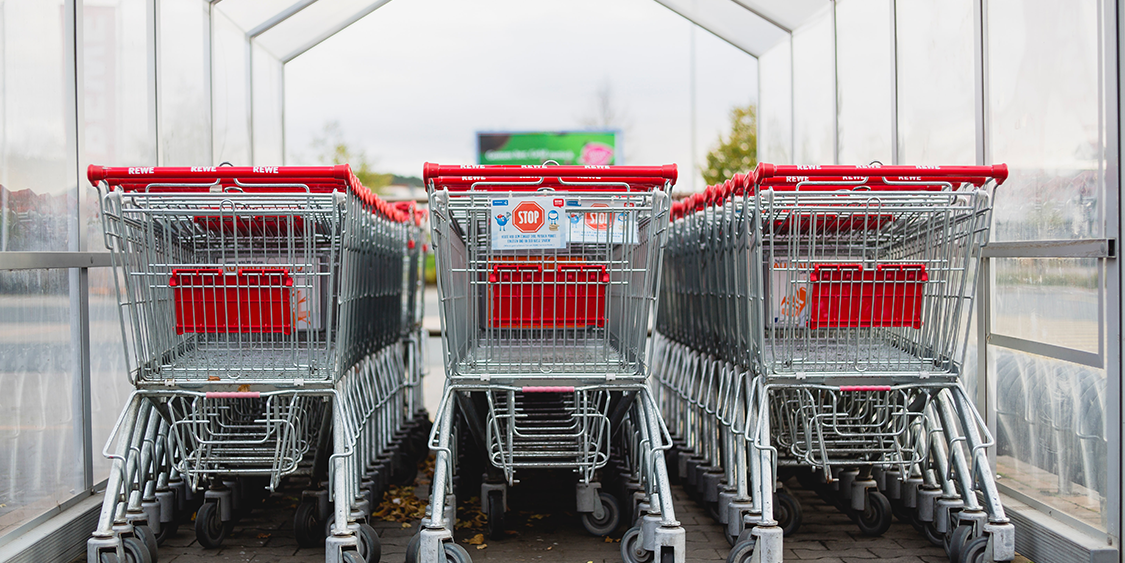
Customer personal injury claims can be costly and very damaging to a retail establishment’s reputation. They can be much more frequent than employee claims in some types of stores, especially warehouses that allow customer access. Employee safety programs are not sufficient to protect customers, who are at risk for many more accidents than employees
Below is an overview of these retail industry risks to help you identify potential blind spots in your risk management and how to mitigate them:
Your Liability:
You are required to maintain safe premises for your customers: in legal terms, you have a high duty of care. This includes the duty to warn customers of non-obvious, dangerous conditions that you know about, to use ordinary care in active operations in the business and to make reasonable inspections to discover dangerous conditions and make them safe.
Most customer accidents are preventable, so it is important to take steps to make your establishment safer and less exposed to the risk of customer injury and litigation.
Common Injuries:
Common injuries that could become your liability include:
- Slips and falls as a result of wet floors, torn carpets, poor lighting or escalators; this type of injury is extremely common.
- Head and body injuries from falling objects, retail displays, out-of-reach objects or other mishaps
- Shopping cart injuries as a result of the cart tipping
- Overcrowding injuries, such as trampling
- Parking lot injuries as a result of cracked, improperly designed lots or failure to remove ice or snow
Steps you can take to minimize the risk of a customer claim include the following:
- Identify high-risk areas of the facility (such as where liquids are frequently spilled or tracked), and set up an employee inspection schedule to ensure it does not become a dangerous condition.
- Install video cameras to more efficiently monitor the premises for dangerous conditions and provide proof in case of a claim.
- During snowy, icy or rainy weather conditions, take care of dangerous situations on sidewalks, stairs and parking lots promptly.
- Ensure proper lighting in all areas of the store, and check on a regular basis that all bulbs are functioning. Document your inspections.
- Ensure that displays are stable, and always put heavy items near the bottom of shelves.
- Properly maintain and inspect shopping carts, and discard those that present a risk of tipping.
- Control crowds, especially during busy seasons or large sale events, through physical methods, such as entry turnstiles.
- Design parking lots to avoid injury. Repave, repair and check for hazardous conditions regularly. Document these inspections.
Find Out More:
This list is not exhaustive, and assessing your company’s exposures and taking the appropriate precautions can go a long way toward protecting your retail industry business.
Download our “Risk Insights – Minimizing Customer Injury Risk” guide for an in-depth list of more ways to minimize gaps in your risk management:


